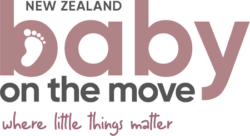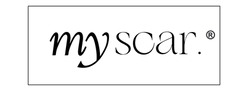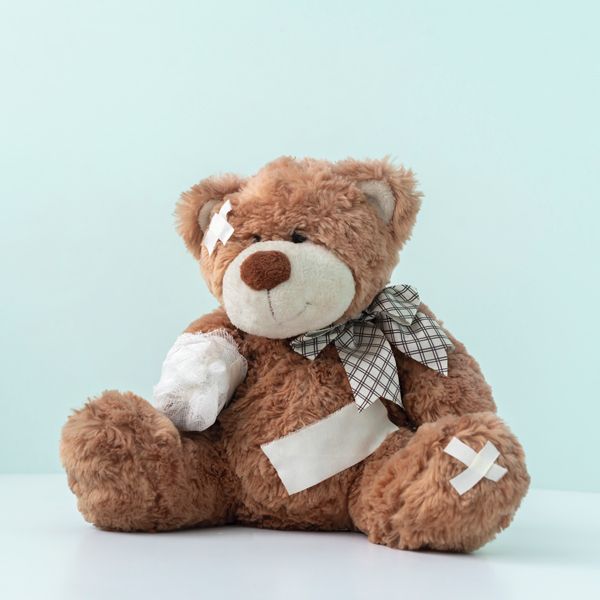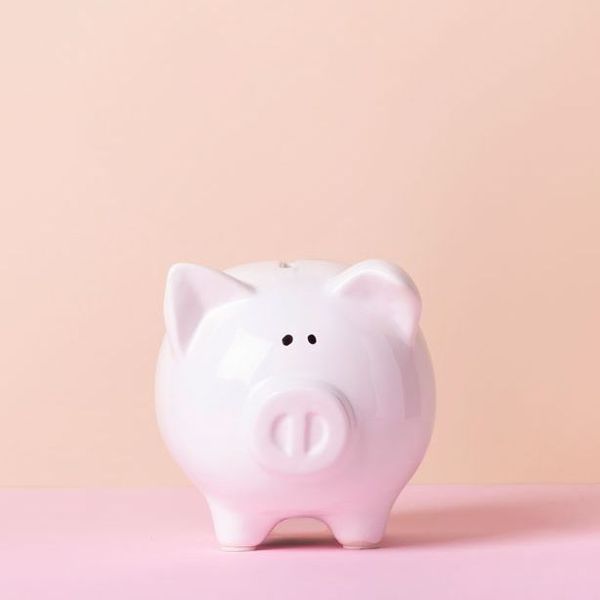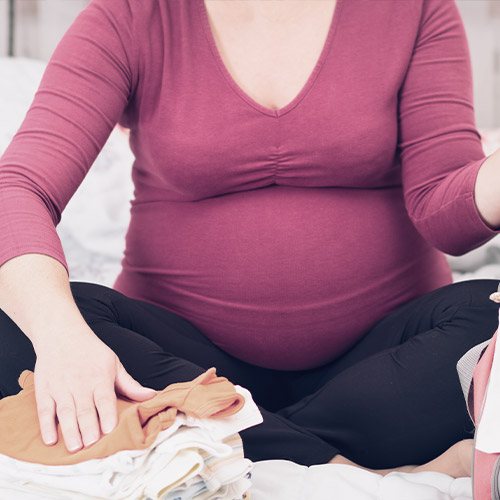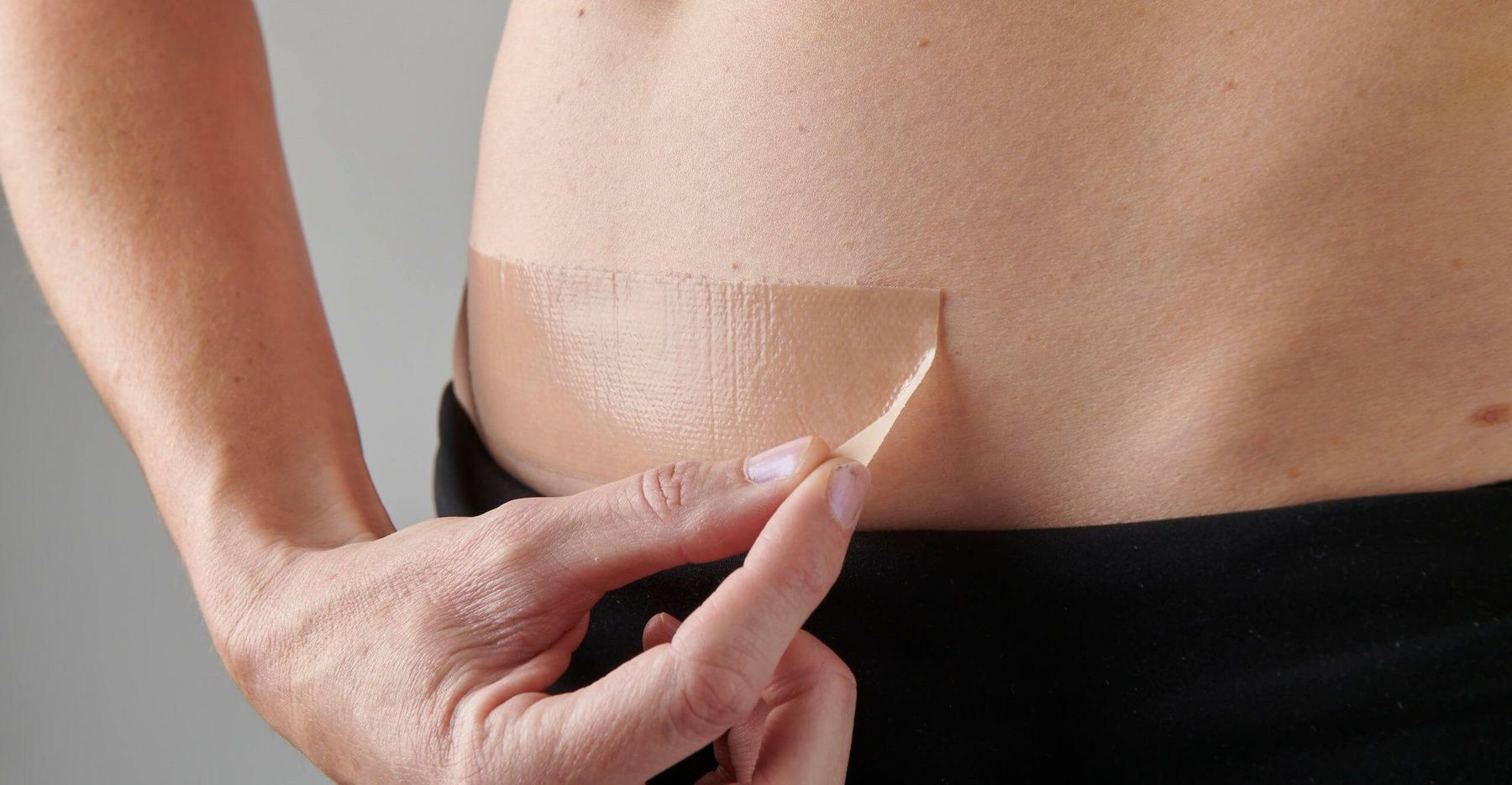
Recovering From A Caesarean Section Birth - Care Guide / What To Expect
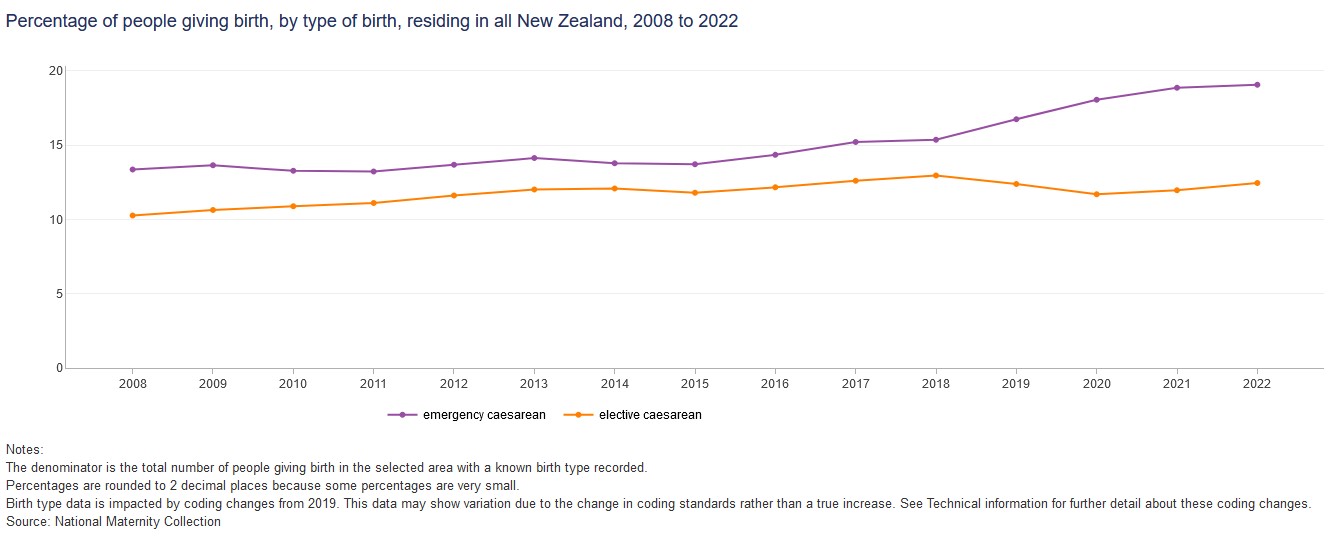
Caesarean section births in New Zealand (and globally) have increased. According to Health New Zealand Te Whatu Ora’s Report on Maternity, caesarean section rates have increased over the last 15 years to, in 2022, 32% of all births. The highest ever recorded. Despite caesarean section births on the rise, and being the most commonly performed surgery globally, there is arguably still a lack of information, support and care given to women that birth via caesarean section.
This care guide, put together with the help of some of New Zealand’s top medical experts, aims to plug this information gap so you can feel better informed and supported in your recovery. Remember every birth and recovery is unique.
This is a general care guide, it is important to always listen to your body and communicate openly with your Lead Maternity Carer (LMC).
General wellness
After you have had a baby, you will generally feel a rollercoaster of emotions. This is largely due to the cocktail of postpartum hormones circulating your body – progesterone, oestrogen, oxytocin, prolactin, adrenaline to name a few. Not to mention you now have a newborn baby in your arms, which comes with its own challenges and may include feeding and lack of sleep which can elevate stress (cortisol) levels. Then of course you have the physical recovery of a caesarean section birth, which is major surgery. Whether a caesarean section birth was your birthing choice or not, you may feel a range of emotions with the way in which your birth went. It is A LOT, and for some it can be too much and that is OK.

Speaking to your LMC regularly about how you are feeling is encouraged. They should be a safe space and excellent first port of call. Should you need additional help, New Zealand has a range of services throughout the country to assist you. For example, Mother Craft and Plunket (via phone & family centres). Mothers Matter is also a helpful resource, their mission is for better health and well-being outcomes for new mums, baby and wider family.
Pain management and medication
To aid your recovery, it helps to remain as pain free as possible to allow you to move around relatively easily. It is likely you will need to take prescribed pain relief for at least 7-10 days post birth. Taking your pain relief regularly and on time (even if you don’t have pain at the time) will hopefully keep pain to a minimum. Your LMC will discuss pain relief options with you and prescribe you with suitable drugs. For example, it is common to take ibuprofen and paracetamol for the first few weeks of your recovery. You may also benefit from using postpartum ice packs or a warm wheat bag.
In addition to your pain relief medication, it is usual to also be prescribed a blood thinner. This is to prevent blood clots, being a risk and potential complication of any surgery including caesarean section births. The blood thinner is generally prescribed and given in an injection form for the course of 7 days following birth. Compression stockings are also recommended to be worn for around 10 days following birth to minimise the risk and the encourage healthy circulation.
Laxatives is another common medication given following birth. It is usual to experience changes in bowel motions, such as constipation, following birth. To avoid any straining that may put pressure at your incision site, laxatives are prescribed. Eating fibre-rich foods and staying hydrated will also help. It is extremely common to feel anxious for your first bowel motion post birth. Some find it useful to roll a small towel (or something in equal size and softness) and place this over the incision site. Hold this in place and press gently against it as you do your bowel motion. You may also feel more comfortable with your feet on a small foot stool.
Movement
You will be encouraged to get out of bed within the first 8-12 hours following the birth of your baby. Expect to feel heavy (particularly around the incision site) and unbalanced. Your LMC and hospital staff will assist you until you are comfortable and confident moving on your own. Gentle, regular movement (and plenty of fluid) is likely to reduce the chance of complications such as blood clots (mentioned above) and infections. You may find an abdominal tubigrip/belly band or high waisted underwear offers you the extra support you need to ease mobility.
Once you are home, take it slow but try maintain regular movement.
Rest
After a caesarean section birth, it will take your body some time to fully heal (most at least 6 weeks). Prioritising rest and avoiding demanding physical activity / lifting (i.e., avoid lifting anything heavier than your baby), should help you recover more quickly. With a newborn, finding rest can be challenging but a few minutes of rest here and there throughout the day can help.
Pelvic Health
Pelvic floor physiotherapy following birth can be a beneficial part of your recovery, including helping reduce pain and improve mobility, function and quality of life.
Women who have had a cesarean delivery can experience restriction of the tissue around their healing incision. This can lead to pain and limited function. Although many of these impairments are common, they are not normal and you shouldn’t have to put up with them. Seeing a pelvic health expert after a Caesarean section birth can get you a thorough evaluation to assess the function of all these tissues. This assessment will likely include a physical external exam of the abdomen (this is where you may be experiencing numbness or pain, tightness, and mobility restriction of the scar) and an internal vaginal exam (this helps determine how well your pelvic floor is contracting and relaxing, and also determine areas of tightness / trigger points in these muscles).
Another common concern that can be addressed by a pelvic health expert is what is commonly known as the caesarean section “shelf”. In other words, the overhang that sits over your scar. A shelf occurs when the various layers of healing tissue along the incision adhere to one another, and therefore, the scar becomes indented and the tissue just above the scar can puff out. This can be uncomfortable and also a course of insecurity for some women.
Pelvic health experts are becoming a lot more common in New Zealand and you should hopefully be able to find one locally. For guidance and to name a few: Auckland Physiotherapy, Unity Studios, Elevate Physio, and The Pelvic Physio.
100% medical grade caesarean silicone strips
From 6 weeks post birth, once your wound has fully closed, you can start applying caesarean silicone strips. Considered internationally as the gold standard in scar healing, 100% medical grade silicone creates a level of occlusion that is very similar to normal healthy skin therefore providing favourable conditions for the scar to rehabilitate. The increased hydration improves the scar’s healing and appearance, providing you with the best recovery and aesthetic result. Premium silicone is recommended by numerous medical experts throughout the country. By having to apply the silicone, they also help you re-connect with your body and desensitise the area. By wearing silicone your incision is protected from friction and they can also reduce pulling.
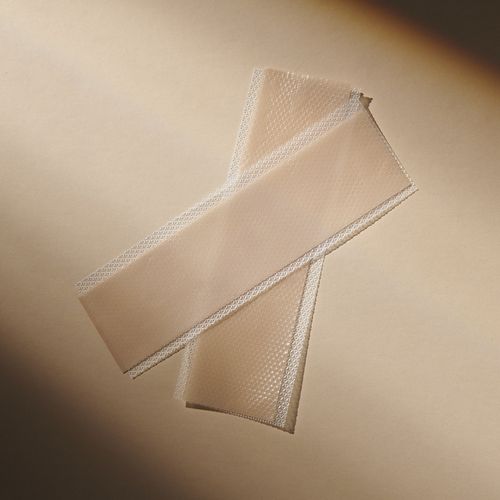
Hygiene
After the initial dressing has been removed, it is advised you shower daily to let the water run over the wound to keep it clean (no scrubbing or soap directly on incision). Gently pat dry with a clean towel. You may find applying Hypercal post shower, a soothing lotion with natural antiseptic, beneficial in relieving pain and advancing healing in the early days. Remove your silicone strip prior to showering, and reapply afterwards onto your clean, dry scar.

Infection
In the beginning it is important to monitor your incision for signs of infection, which can happen following a caesarean section. Things to look out for include, the incision looking increasingly more red and puffy, continuous oozing or discharge from the incision, unpleasant odour, and fever/chills. Your LMC should check your incision regularly, however if you have any concerns regarding infection alert your LMC as antibiotics may be required. Apply your silicone strip only once you are free from infection.
Scar touch/massage
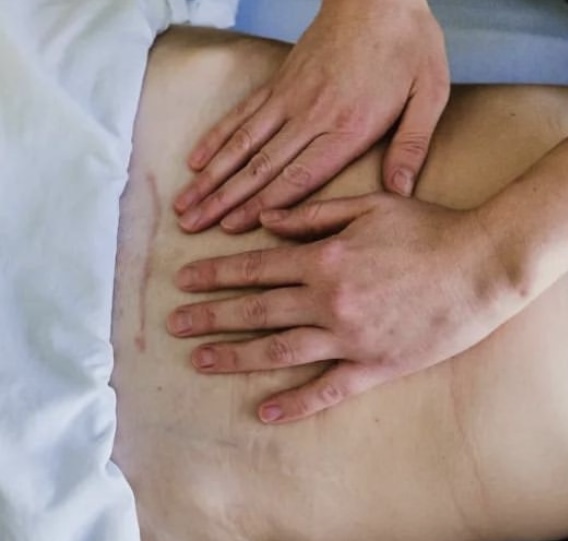
The thought of touching your scar initially may make you feel uneasy, however it is good to start light touch once the incision has healed to desensitise the area. The area may also be feeling numb and/or itchy, by using your fingers or a soft brush to touch the scar it should help bring more comfort to the area before moving onto proper massage.
Massage of the scar is recommended to help reduce the build up of deeper scar tissue while also mobilising the scar by increasing blood flow and flexibility. You can touch and massage your scar with your silicone strip on, or directly massage the scar using any non-perfumed moisturising lotion or oil.
Seeing a pelvic health specialist/physio or a trained scar release massage therapist (for example, therapists at My Beauty Room, Waiora Collective, A Little R&R or Annika Bishell) is also a great way to seek further assistance with your caesarean scar management. They will be able to release your scar through massage and give you specific scar massage techniques to take home.
This guide was put together in collaboration with Baby On The Move, Myscar and Origins Obgyn.



